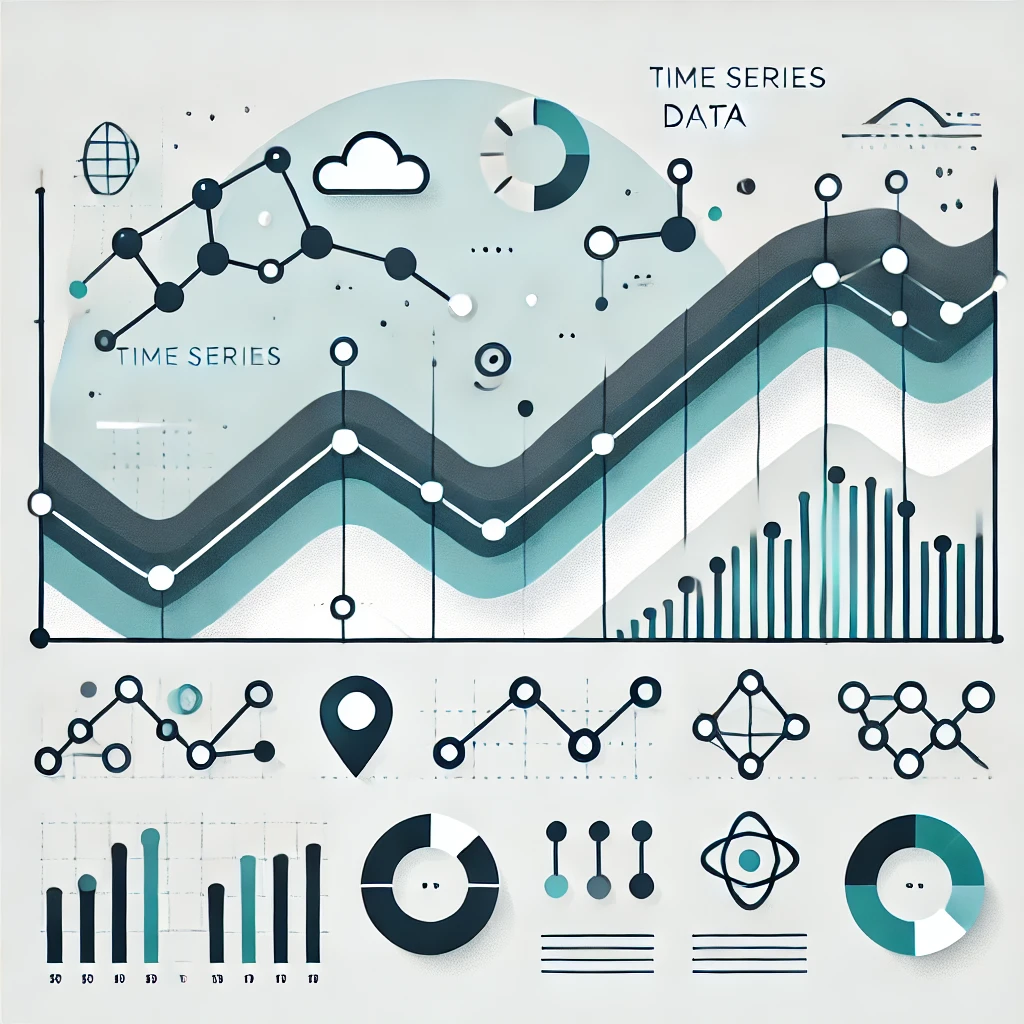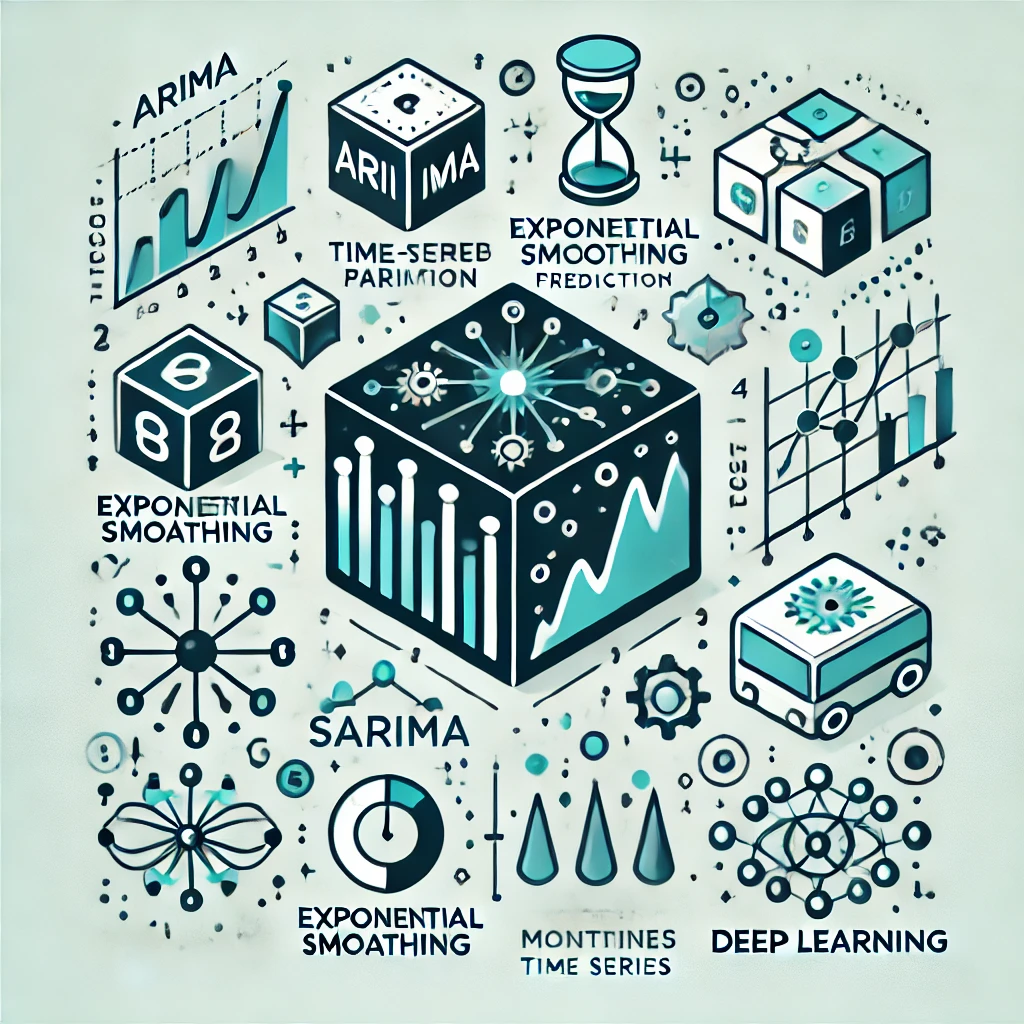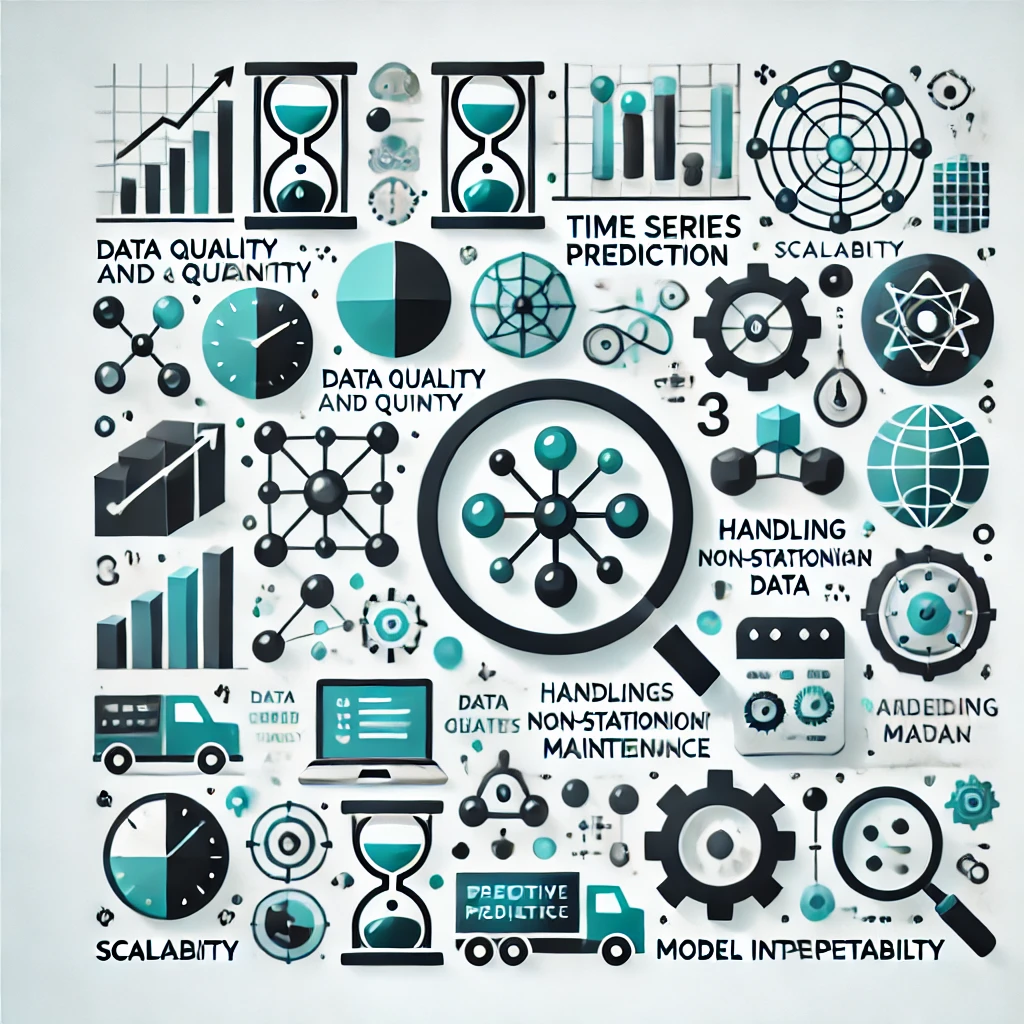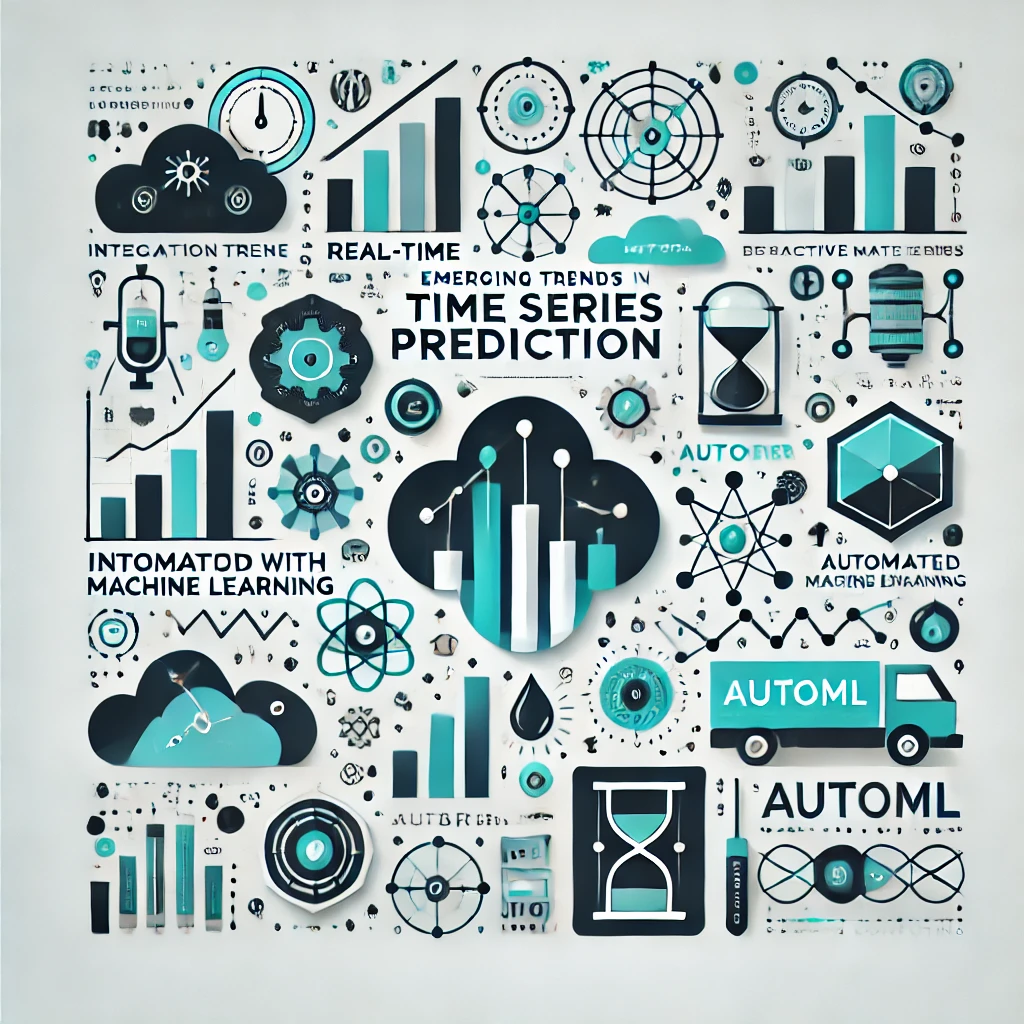Predictive maintenance has revolutionized how industries approach equipment management and operational efficiency. Time series prediction plays a critical role in predictive maintenance by analyzing historical data to forecast potential equipment failures, reducing downtime and maintenance costs. This blog will explore the significance of time series prediction in predictive maintenance, discussing various time series types, prediction techniques, challenges, trends, and the importance of accurate forecasting.
Understanding Time Series Data
Time series data is a sequence of data points collected at successive, evenly spaced time intervals. These data sets are crucial for predicting future values based on historical patterns, making them ideal for predictive maintenance. Understanding the types of time series data is the first step in leveraging them effectively:
- Stationary vs. Non-Stationary Time Series: Stationary time series have a constant mean and variance over time, while non-stationary series exhibit trends, seasonality, or other variations.
- Univariate vs. Multivariate Time Series: Univariate time series involve a single variable recorded over time, whereas multivariate series involve multiple variables, offering a more complex, interconnected view of the data.

Techniques for Time Series Prediction
There are various techniques used for time series prediction in predictive maintenance, each with its strengths and challenges:
- ARIMA (Auto-Regressive Integrated Moving Average): ARIMA is widely used for stationary time series and is effective for short-term forecasting.
- Exponential Smoothing: This technique is useful for capturing trends and seasonality in data, making it suitable for time series with these characteristics.
- SARIMA (Seasonal ARIMA): An extension of ARIMA, SARIMA incorporates seasonal components, making it effective for data with seasonal patterns.
- Machine Learning Models: Machine learning models, such as Random Forest, Support Vector Machines, and Neural Networks, are increasingly used for time series prediction due to their ability to handle complex, non-linear relationships in data.
- Deep Learning Models: Models like LSTM (Long Short-Term Memory) networks and GRU (Gated Recurrent Units) are particularly effective for capturing long-term dependencies in time series data.

Challenges in Time Series Prediction for Predictive Maintenance
Predictive maintenance with time series prediction is not without challenges:
- Data Quality and Quantity: Accurate predictions require high-quality, consistent data over a long period. Incomplete or noisy data can significantly impact prediction accuracy.
- Handling Non-Stationary Data: Non-stationary data, with trends and seasonality, can be difficult to model and require sophisticated techniques.
- Scalability: As industrial systems generate massive amounts of data, scaling time series prediction models to handle large datasets in real-time can be challenging.
- Model Interpretability: Many advanced models, particularly deep learning models, operate as “black boxes,” making it difficult to interpret how they arrive at specific predictions.

Emerging Trends in Time Series Prediction
The field of time series prediction is evolving rapidly, with several trends shaping its future in predictive maintenance:
- Integration with IoT: The proliferation of IoT devices has led to an explosion of real-time data, necessitating more sophisticated and scalable time series prediction methods.
- Automated Machine Learning (AutoML): AutoML platforms are making it easier to deploy machine learning models for time series prediction without needing deep expertise in the field.
- Hybrid Models: Combining traditional statistical methods with machine learning and deep learning techniques is becoming increasingly popular, offering the best of both worlds in terms of accuracy and interpretability.
- Edge Computing: Processing time series data closer to where it is generated (on the edge) is reducing latency and improving the real-time capabilities of predictive maintenance systems.

The Future of Time Series Prediction in Predictive Maintenance
As industries continue to digitize and adopt predictive maintenance, the role of time series prediction will only grow in importance. Future developments may include more advanced AI-driven models, better handling of non-stationary data, and more seamless integration with other data types and systems. The ultimate goal is to create highly accurate, reliable, and interpretable models that can predict equipment failures well in advance, minimizing downtime and maintenance costs while maximizing operational efficiency.

Conclusion
Time series prediction is indispensable in the realm of predictive maintenance. Its ability to forecast future events based on historical data makes it a powerful tool for preventing unexpected equipment failures and optimizing maintenance schedules. As techniques and technologies continue to evolve, time series prediction will become even more integral to predictive maintenance, driving industries toward greater efficiency and reliability.
By staying informed about the latest trends and challenges, organizations can better leverage time series prediction to maintain their competitive edge in an increasingly data-driven world.





